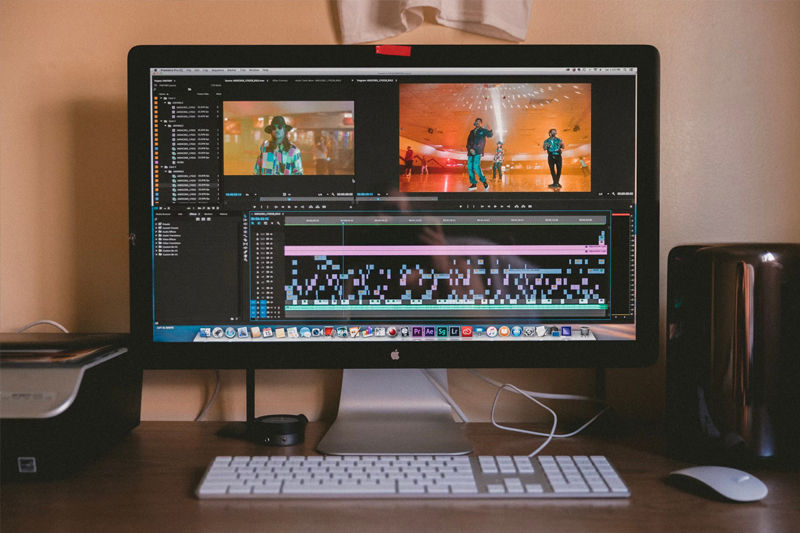Addressing Inconsistent Video and Audio Quality, Mastering New Streaming Technologies, and Managing Resources
In the world of live streaming, the conditions of the venue play a significant role in the quality of the final product. Venues often have varied lighting, acoustics, and infrastructure, which can lead to inconsistent video and audio quality if not managed properly.

Inconsistent Video and Audio Quality Due to Venue Conditions
Research and Preparation:
Continuous Learning:
Resource Management:
- Site Surveys: Conduct a thorough site survey before the event to assess the venue's lighting, sound, and internet conditions. This will allow you to plan for potential issues, such as low lighting or poor acoustics, and make adjustments accordingly.
- Equipment Choices: Use equipment that is adaptable to different environments. For instance, cameras with good low-light performance and microphones that are effective in various acoustic settings can mitigate the challenges posed by the venue.
- Backup Solutions: Have backup solutions ready, such as portable lighting kits or additional microphones, to address any unexpected issues that may arise on the day of the event.
- Live Monitoring: Constantly monitor the video and audio quality during the event. Use tools that allow you to make real-time adjustments to settings, ensuring that any issues can be corrected immediately.
- Redundancy: Set up redundant systems where possible. For example, using multiple microphones in case one fails or having a backup internet connection ready can prevent a minor issue from becoming a major disruption.
Mastering New Streaming Technologies and Software
The live streaming industry is rapidly evolving, with new technologies and software being introduced frequently. Keeping up with these advancements is crucial to stay competitive and offer high-quality services.Continuous Learning:
- Ongoing Training: Invest in ongoing training for yourself and your team. Platforms like LinkedIn Learning, Coursera, and YouTube offer courses on the latest streaming technologies and software. Regularly scheduled training sessions can keep everyone up-to-date.
- Industry Events: Attend industry events like NAB Show or IBC to learn about the latest advancements in live streaming technologies. Networking with other professionals can also provide insights into new tools and techniques.
- Beta Testing: Participate in beta testing programs for new streaming software. This gives you early access to new features and the opportunity to familiarize yourself with the software before it becomes widely available.
- Start Small: When adopting new technology, start with small projects or internal tests before deploying it in a live event. This allows you to work out any kinks and fully understand the technology’s capabilities and limitations.
- Documentation and SOPs: Develop documentation and standard operating procedures (SOPs) for using new technologies. This ensures consistency and reduces the learning curve for your team.
Overextending Resources and Overpromising Capabilities
One of the most significant risks in the live streaming industry is overpromising what you can deliver, which can lead to overextended resources, dissatisfied clients, and damage to your reputation.Resource Management:
- Accurate Capacity Assessment: Assess your team’s capacity and the resources available before committing to a project. Ensure you have enough equipment, personnel, and time to deliver the promised service without compromising quality.
- Clear Scope of Work: Clearly define the scope of work in the initial contract, including what is and isn’t included in the service. This helps manage client expectations and prevents scope creep, where additional tasks are added without proper compensation.
- Prioritization: Prioritize projects based on complexity, resource availability, and potential revenue. Avoid taking on too many projects at once, which can spread your resources thin and lead to mistakes.
- Set Realistic Expectations: Be honest with clients about what is feasible given the time, budget, and resources available. It’s better to underpromise and overdeliver than the other way around.
- Regular Updates: Provide regular updates to clients throughout the project. If any issues arise that could impact delivery, communicate them immediately and discuss potential solutions.
- Standard Operating Procedures (SOPs): Develop and document SOPs for every aspect of your event services, from setup to teardown. This ensures consistency across multiple events, even when managed by different team members.
.png)